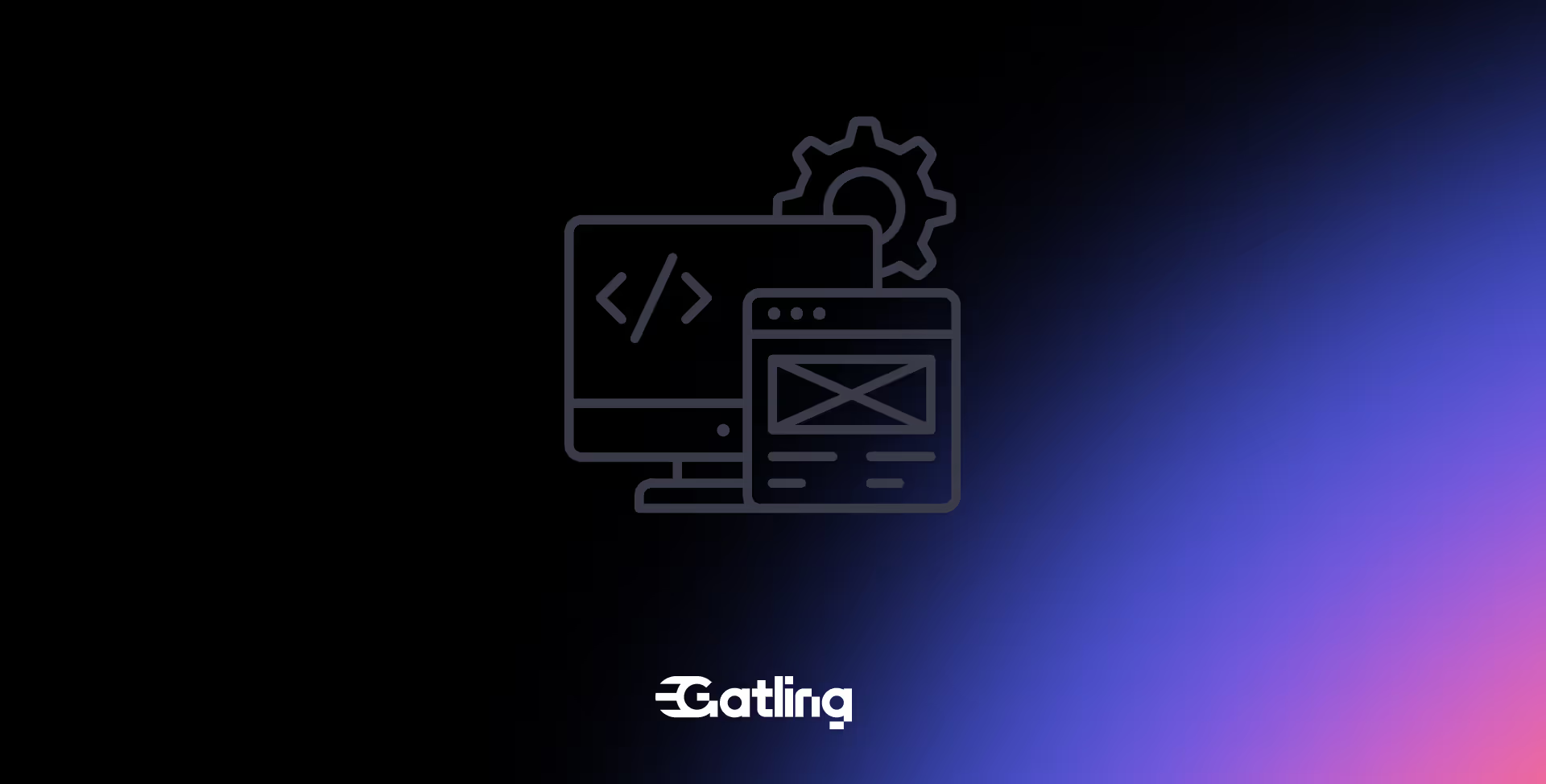5 Steps to help build your load testing strategy

Last updated on
Monday
September
2025
5 Steps to help build your load testing strategy
If you’re here visiting the Gatling blog, you know load testing is essential.
You might have already started load testing, which is awesome! If you haven’t, and you’re wondering when, where, and how to start, the answers are here for you: Now, with Gatling and Here.
To help you get set up, we’re going to give you a few tips and tricks to build your load-testing strategy and make sure that you're set for success. Ready to dive in? Read on!
1 - Know your user
The most important part of load testing is knowing your user, but more specifically, what you need to know are the answers to a few key questions.
How are your users using your site/application?
Most enterprises have an idea of how they’d like their users to use their site or products, but for many, how they’re actually using it and the journeys they take when they’re using it are a bit of a mystery.
By using different tracking software such as Mixpanel or Amplitude, though, you can get a very detailed idea of what journeys your users are taking on your site and craft simulations to match and replicate this.
2 - Understanding your traffic
Crafting great user journeys is the first step in building a scenario. Understanding your traffic, though, will help you decide what kind of tests you need to create.
By using tools like Google Analytics, Google Search Console, SEMrush, or just monitoring your server usage, you should know what kind of traffic you’re receiving and how you’re receiving it.
Are you getting sudden surges of traffic? Run a stress test! Are you getting long durations of constant traffic? Run a soak test. For every traffic scenario, you can run a battery of different tests to ensure that your website is resilient enough to withstand the traffic it’s receiving.
To learn more about the different kinds of load tests you can run and get an idea about what might work best for you, check out our post here.
3 - Knowing your limits
You have your user journey and built your test, now it’s time to start running them to learn your limits. If you’re on a traditional server-based hosting environment, hitting your limits might mean that your website starts to suffer errors and issues when they’re reached.
If your application is built on a cloud-based hosting platform that can auto-scale, you might be safe from errors but could incur enormous costs by receiving traffic over what your agreement with your provider is.
Either way, it’s essential to know these limits and set up a system to help you know if they need to be increased or help you know which requests are causing you to surpass them.
4 - Continuous Integration
You’ve built your tests and run them, you’re doing great! However, most websites and applications are constantly changing and upgrading. How can you be sure that the changes you’re making aren’t going to change the performance of your project?
By introducing load testing into your CI/CD project. We recently wrote a detailed post on the benefit of using Gatling Enterprise Cloud to integrate load testing into your CI/CD process.
Gatling’s Enterprise version allows you to integrate with almost any CI/CD software, whether using one of our dedicated integrations or our CI Script to create your own.
5 - Plan for the unexpected
One of the great things about load testing is its ability to prepare you for any eventuality. You might not have thousands of users hitting your application today, but by creating tests and running them, you can be sure that if it does happen, you’re prepared.
So, when creating your testing strategy and examining your traffic, it’s essential not only to consider what is happening right now but also what could happen.
What’s the worst/best-case scenario? Are you prepared? Make sure by testing, and you’ll know that whatever happens, you’ll be ready.
Get set up today
Hopefully, this has given you a quick idea of what to consider when building your load testing strategy. If you’re ready to start, sign up for your free trial of Gatling Enterprise Cloud today and build a strategy that ensures you’re ready to scale when the time comes.
FAQ
FAQ
Related articles
Ready to move beyond local tests?
Start building a performance strategy that scales with your business.
Need technical references and tutorials?
Minimal features, for local use only




